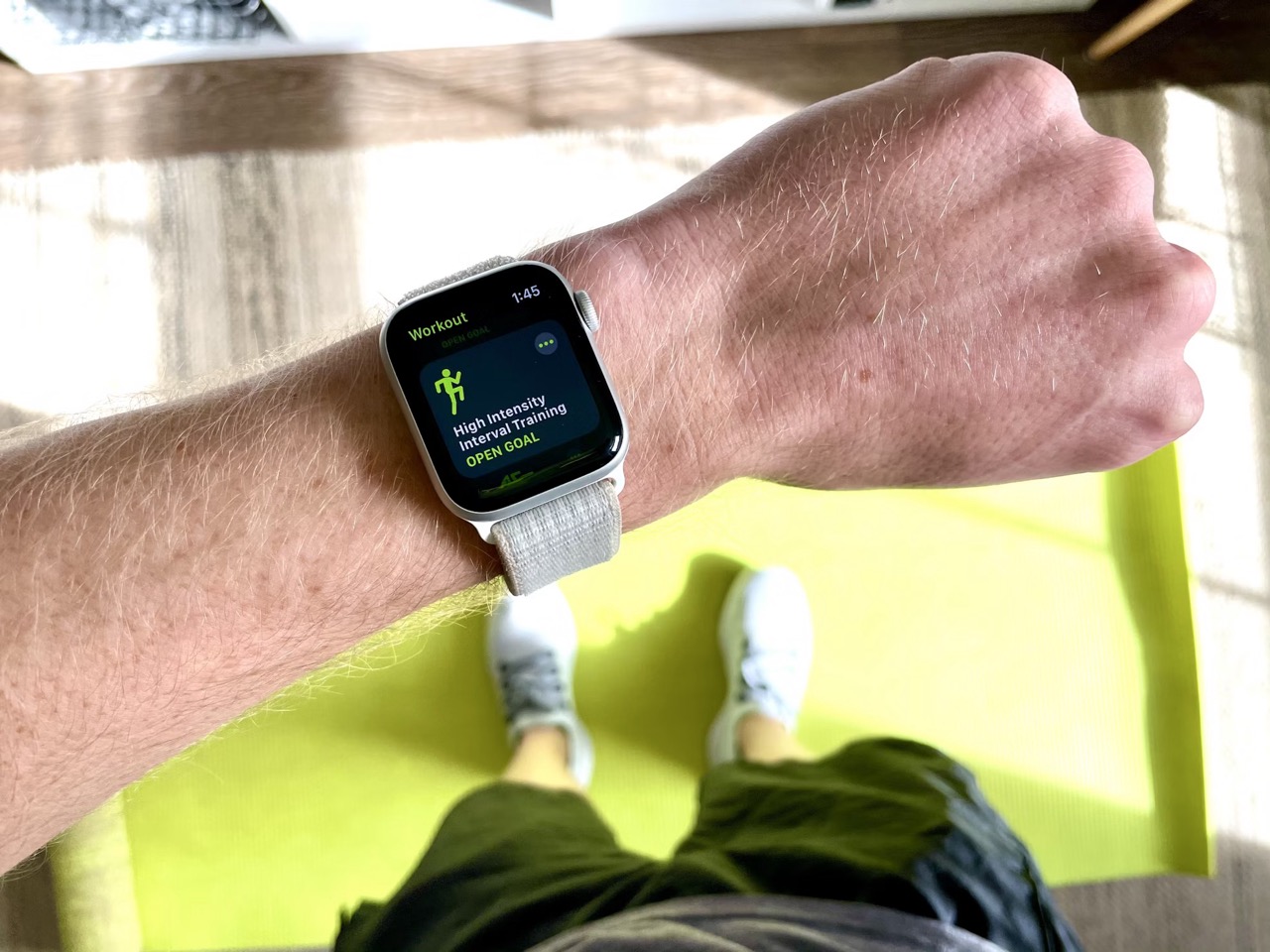How To Measure Your Temperature On The Apple Watch Series 10?

The Apple Watch Series 10 continues Apple’s focus on health tracking by offering detailed insights into your body and wellness. Among its key features is wrist temperature monitoring, which helps detect changes within the body over time. Rather than giving you exact readings on the spot, it collects data while you sleep to show how your temperature changes over time.
What Does the Apple Watch Track Under “Vitals”
Apple’s Vitals feature combines several health measurements in one place to give you a better look at your daily wellness. The Apple Watch Series 10 can track up to five key indicators, including heart rate, respiratory rate, wrist temperature, blood oxygen level, and sleep duration.
Due to a patent dispute, blood oxygen monitoring isn’t available in the U.S. The wrist temperature sensor, meanwhile, requires you to turn on Sleep Focus each night because it only works while you’re asleep. These readings are then used to track patterns and detect changes in your body over time.
How does it measure temperature?

When it comes to tracking temperature, the Apple Watch Series 10 works a little differently. It only measures your wrist temperature while you’re asleep, not during the day. Rather than giving a specific temperature number, it tells you how your temperature has changed from your normal average, called a baseline. You’ll need to wear the watch for about five nights with Sleep Focus turned on so that it can figure out your typical temperature range.
How to View Your Temperature Data on iPhone?
Follow these easy steps on your iPhone to view your temperature readings:
- Open the Health app and tap Browse at the bottom of the screen.
- Choose Body Measurements.
- Select Wrist Temperature.

- Scroll down and tap Show All Data.
- Tap any listed item to view detailed readings.
Although it can monitor your temperature through your wrist, the Apple Watch isn’t designed to replace a regular thermometer. The readings are less about specific numbers and more about showing you your body’s trends.
On the other hand, those trends can be useful. Unusual fluctuations in the temperature of your wrist over several nights may be a sign that your body is under stress or starting to become ill. So even though the numbers aren’t exactly accurate, the trends can still help you stay more aware of your health.






